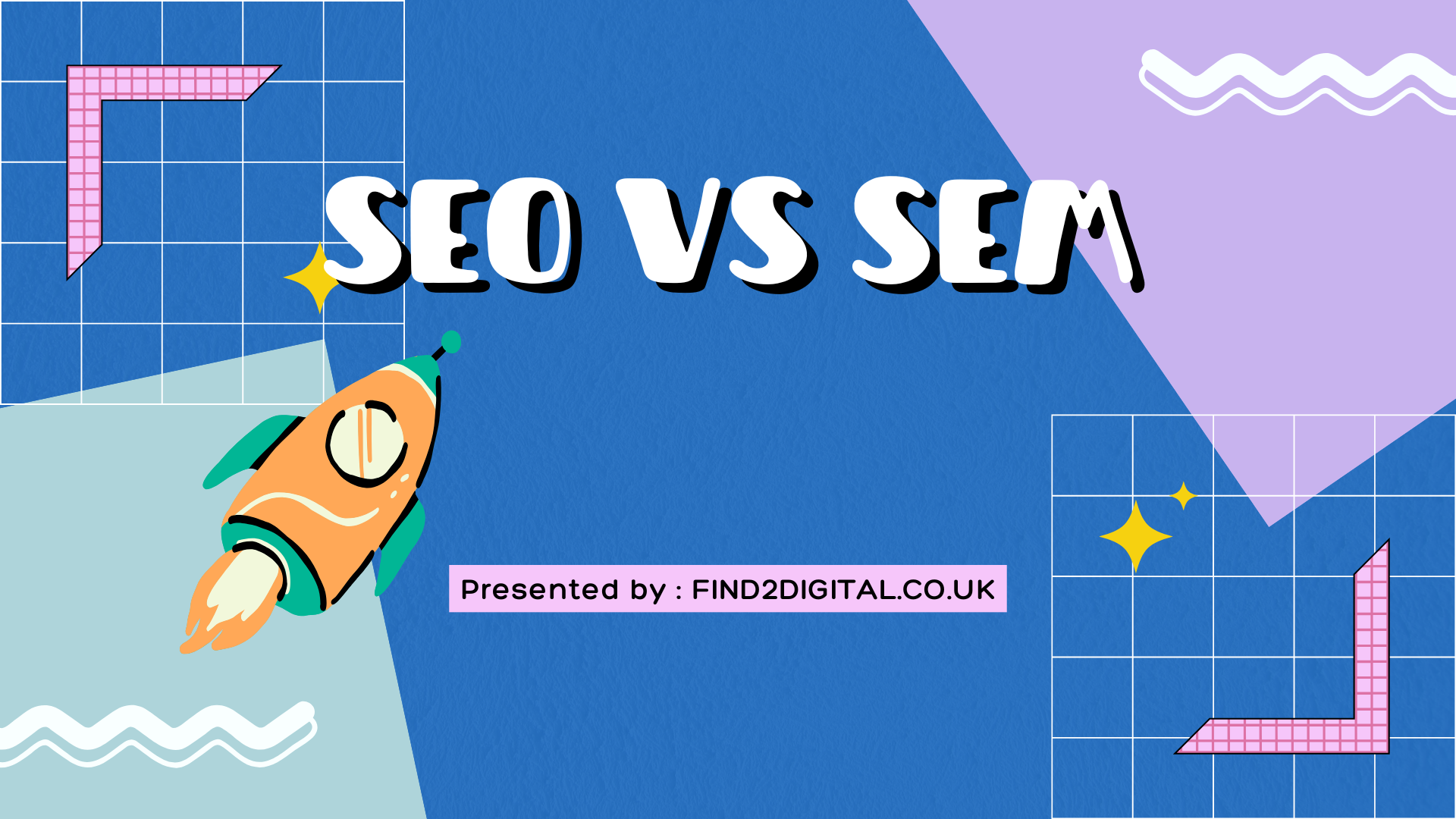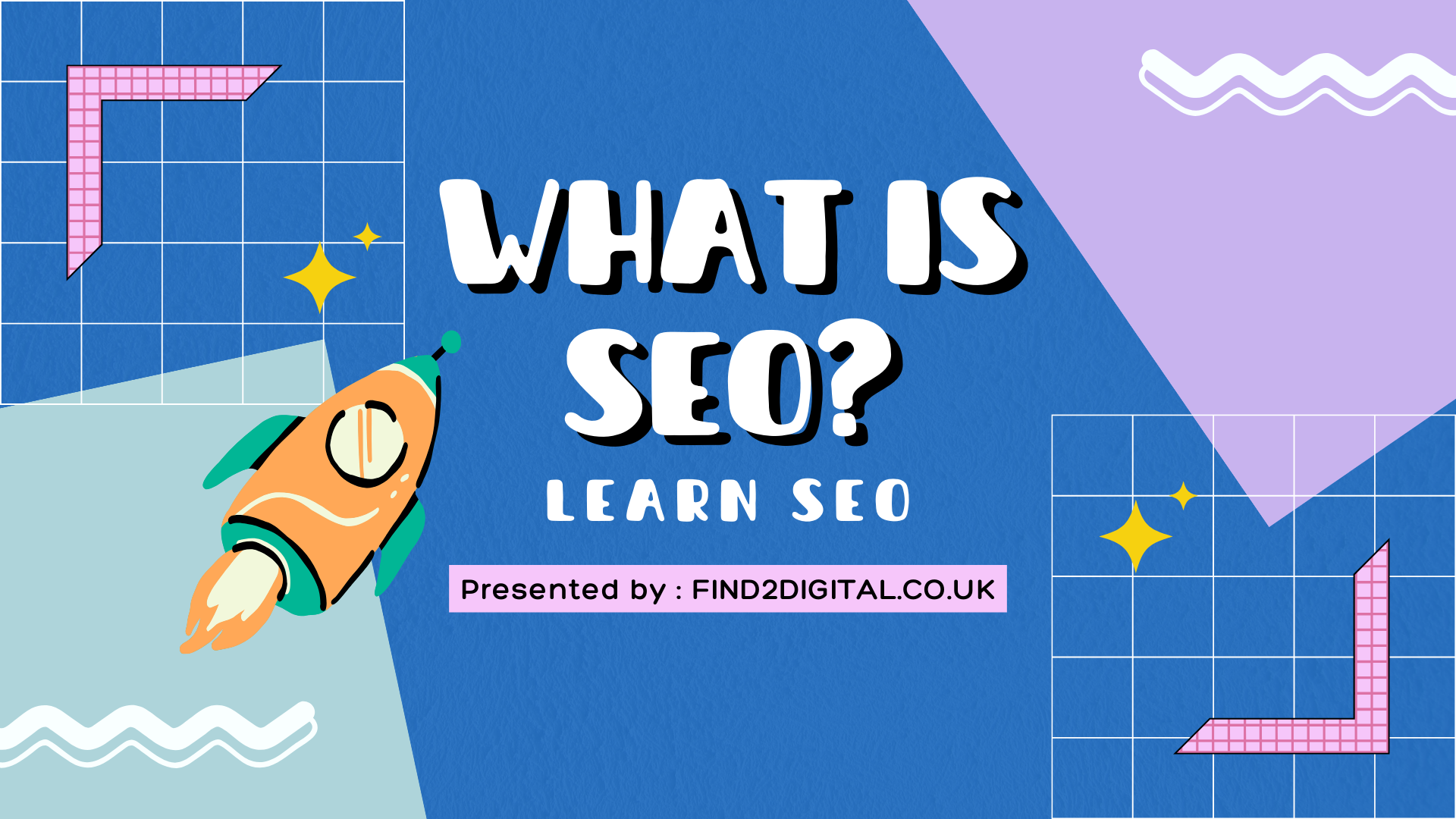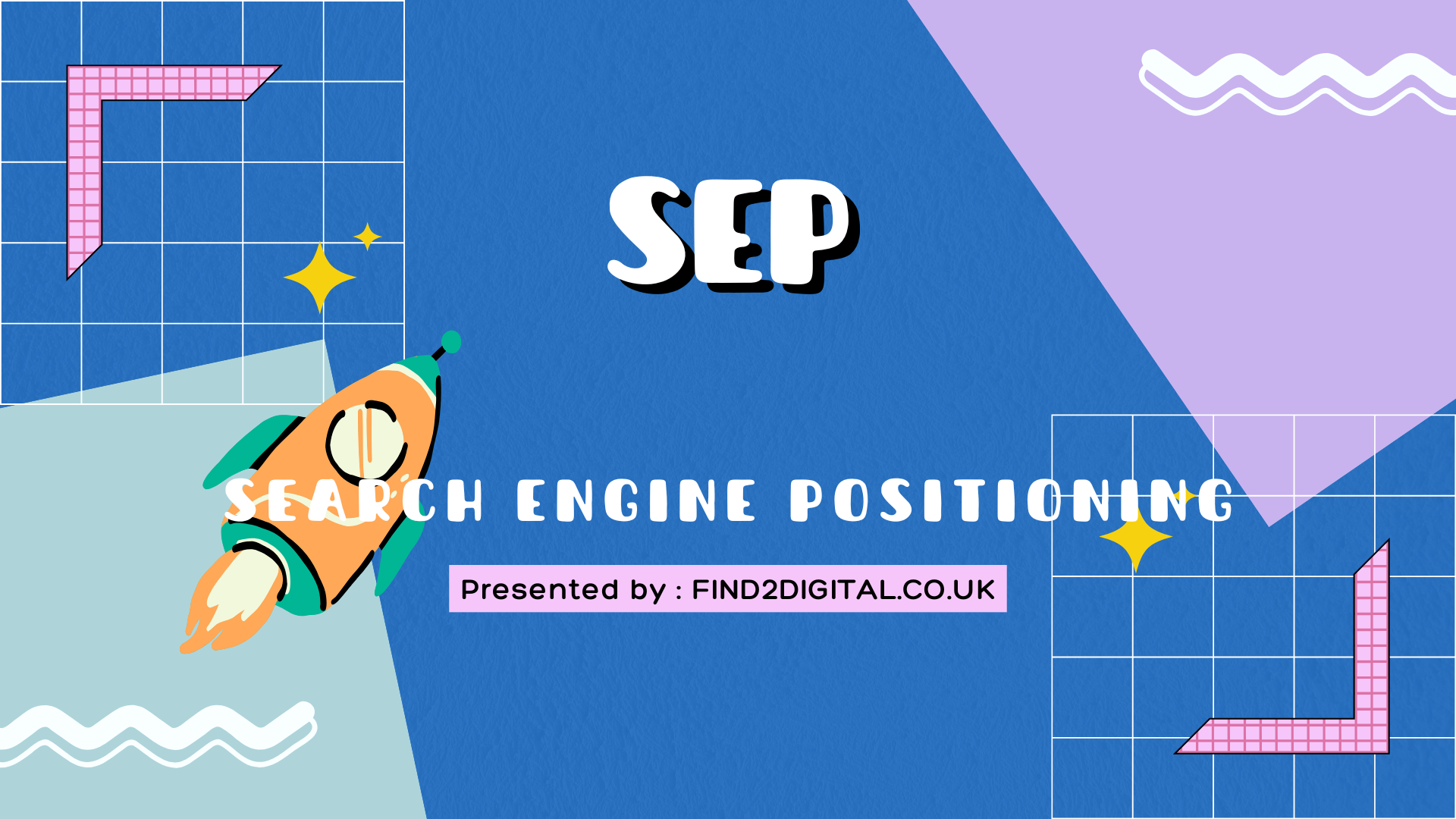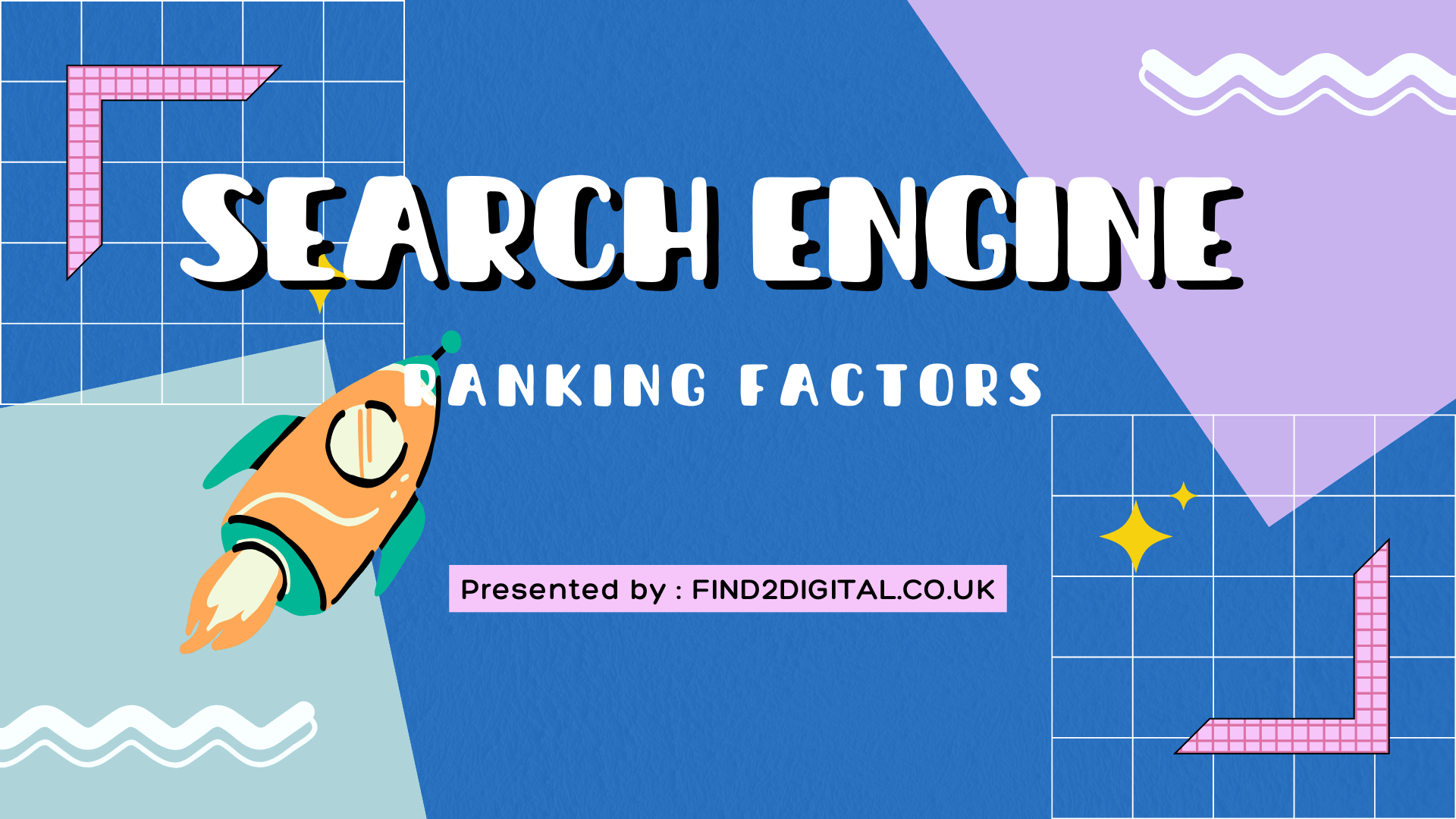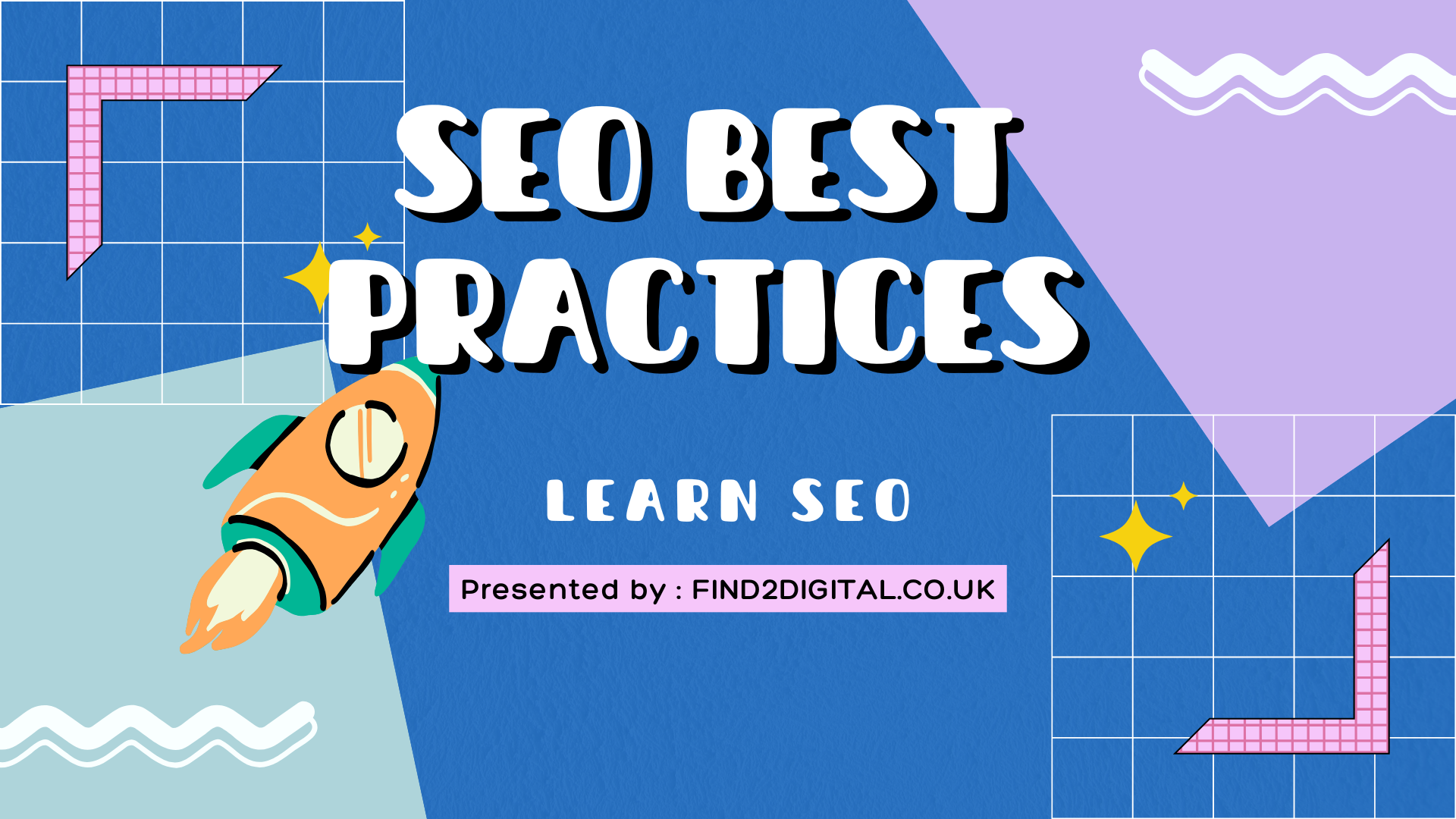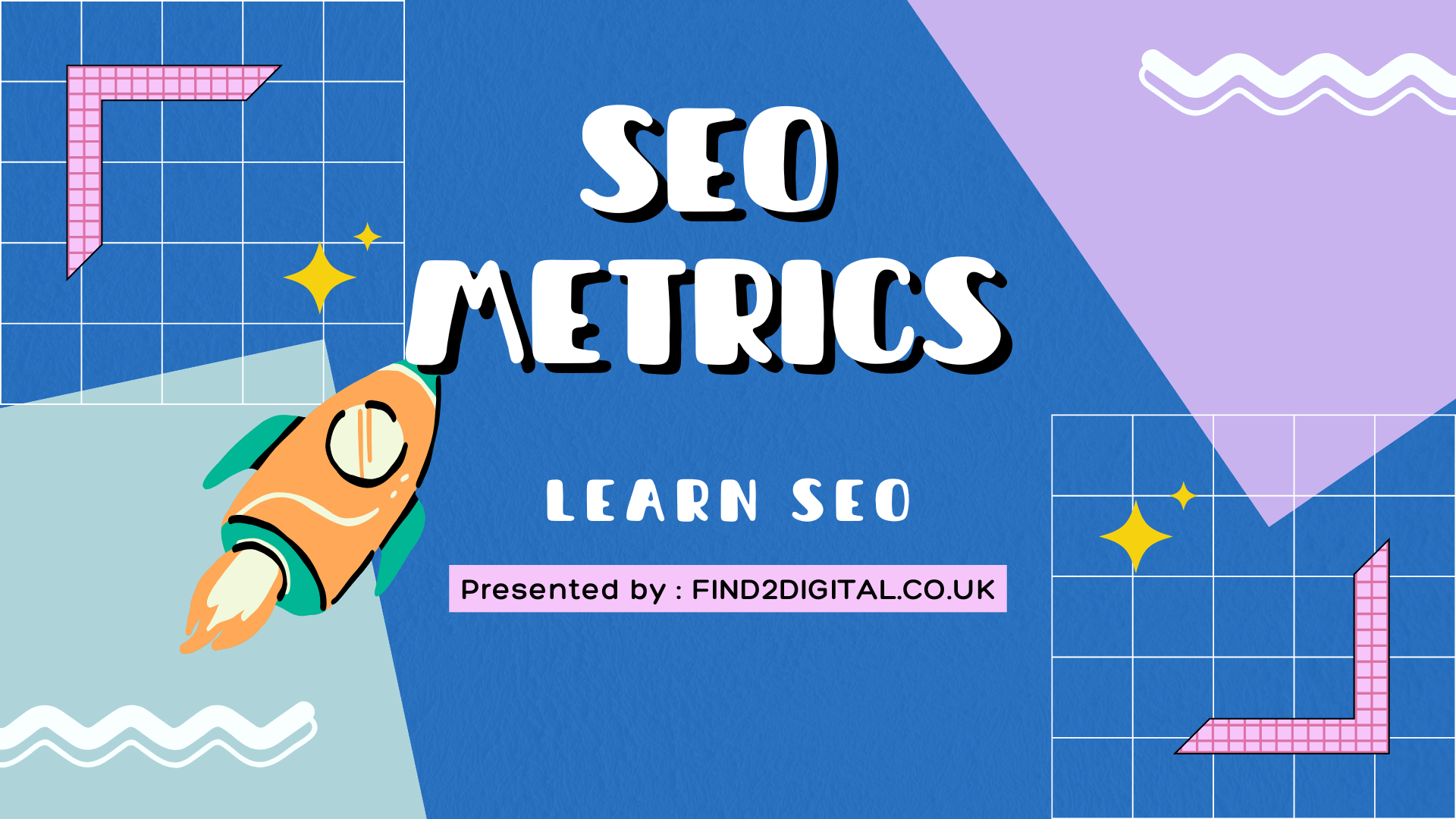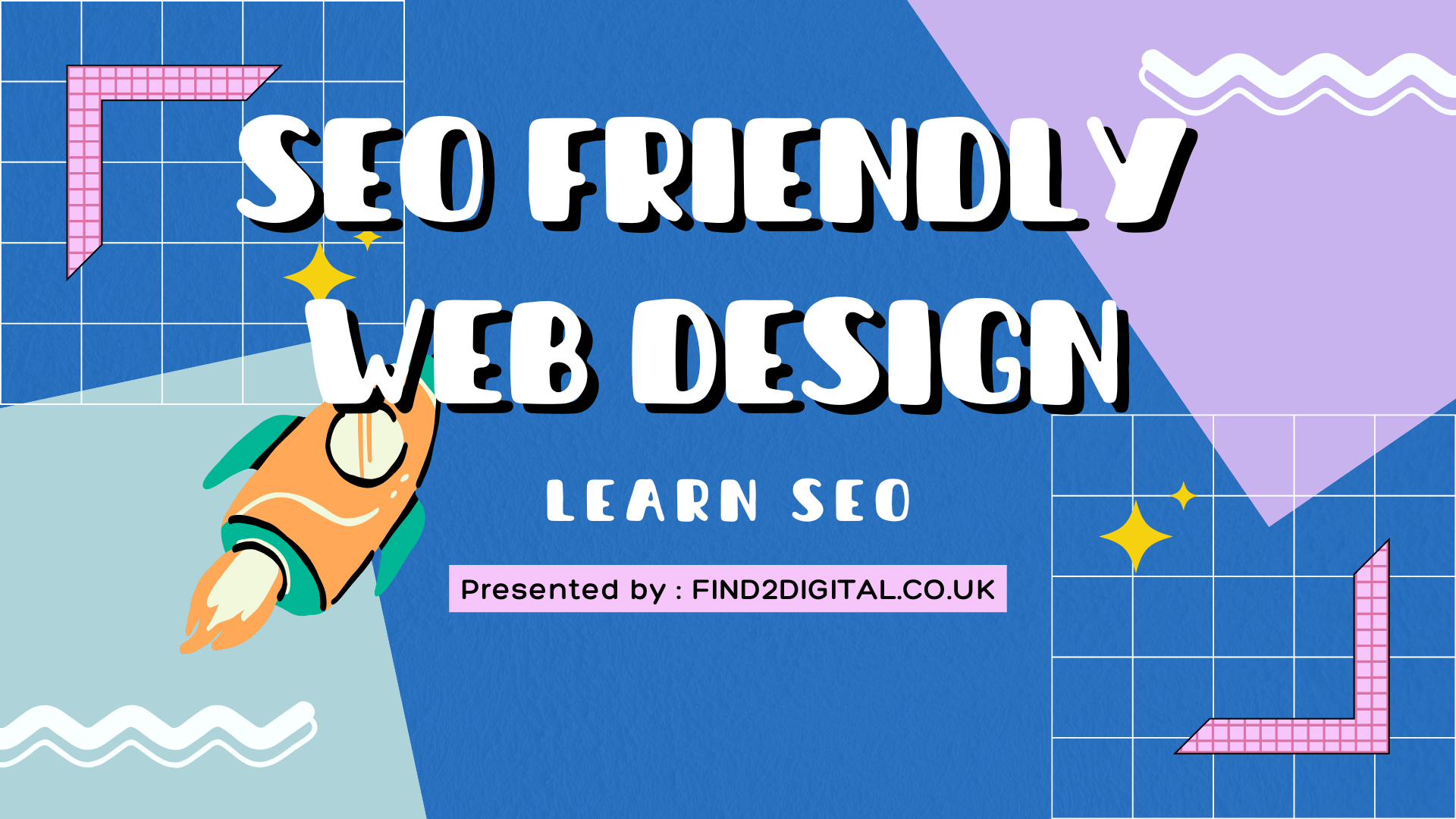SEO vs. SEM: What’s The Difference?
The main difference is that Search Engine Optimization (SEO) is focused on optimizing a website in order to get traffic from organic search results. On the other hand, the goal of Search Engine Marketing (SEM) is to get traffic and visibility from both organic and paid search.
Put another way:
Google’s search results are divided into two main categories: the paid search results and the organic search results.
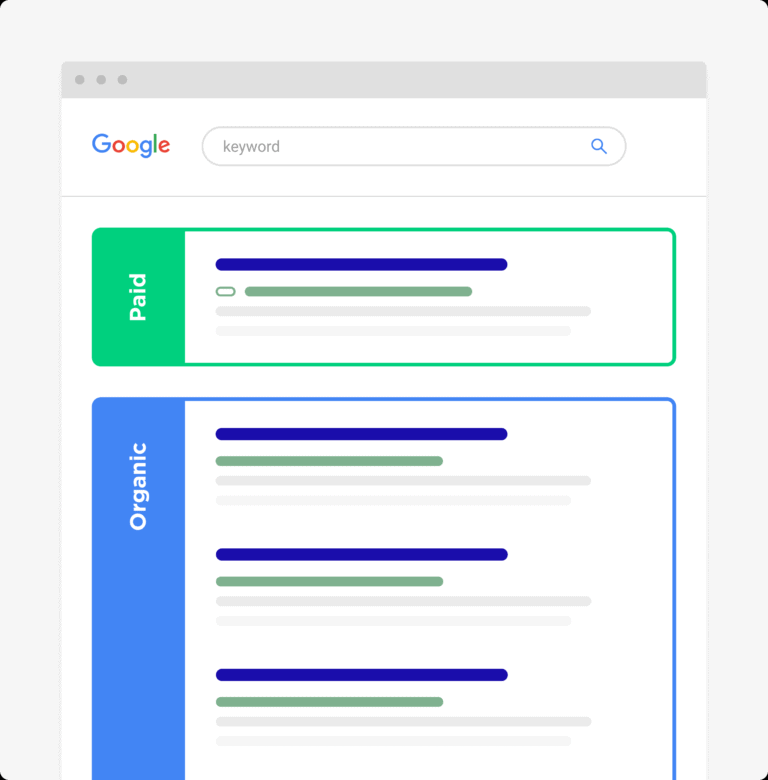
The goal of SEO is to rank your website in the organic search results.

You can also get your website in the paid area of the search results via pay per click (PPC).
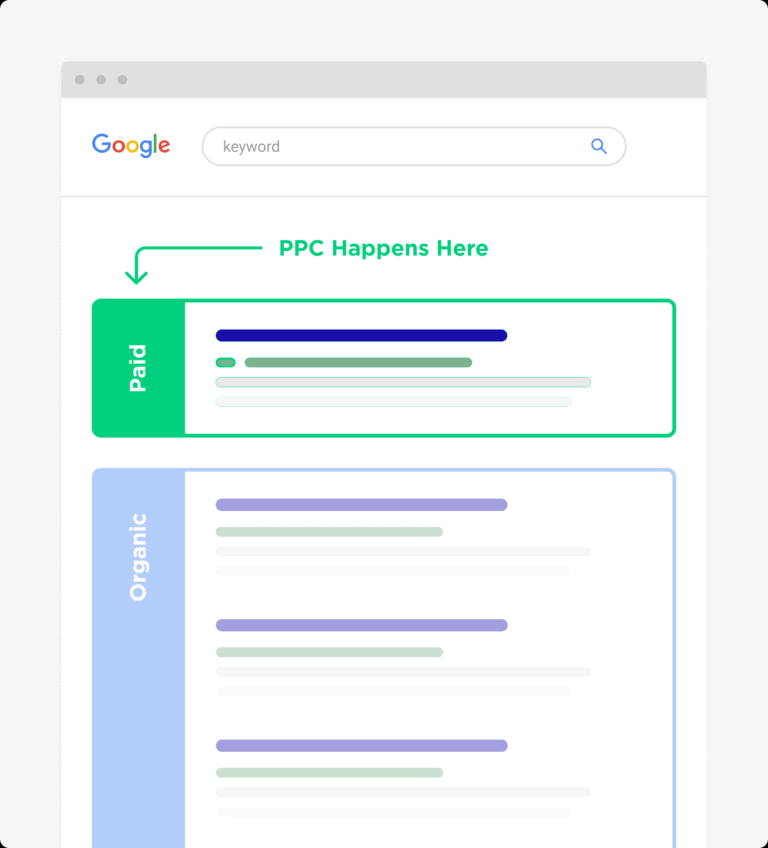
SEO is where you focus 100% on ranking in the organic results. SEM is when you tap into both SEO and PPC in order to get traffic from search engines.
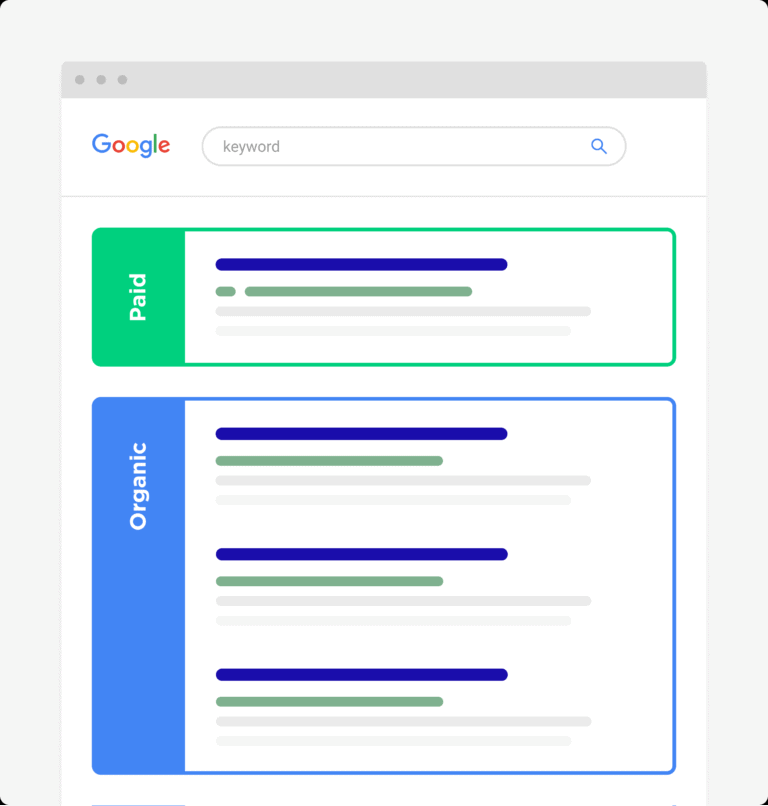
So yeah, SEM is a broad term that includes SEO and PPC. Which means that SEO falls “under” the umbrella category of SEM.
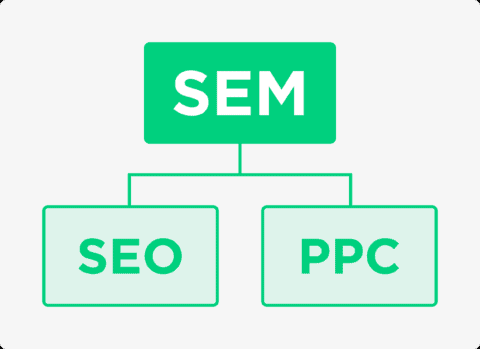
With that explanation out of the way, let’s get into some of the major differences between SEM and SEO.
SEO vs SEM: Main Features
SEO Overview
SEO is the practice of continually optimizing a website in order to rank in the organic, non-paid search engine results pages (SERPs).
Google uses 200+ ranking signals in their algorithm. That said, SEO can be divided into four main subcategories: on-page SEO, off-page SEO, technical SEO and User Interaction Signals.
On-Page SEO: This is where you optimize your website around keywords that your target customer searches for in Google, Bing and other search engines. For example, one on-page SEO best practice is to include your main keyword in your title tag, meta description and webpage URL.
Off-Page SEO: Off-page SEO is all about getting trust and authority signals from other websites. This mainly involves building high-quality backlinks to your site. But Google may also use other off-page signals to size up your site’s authority, like E-E-A-T and social media sharing.
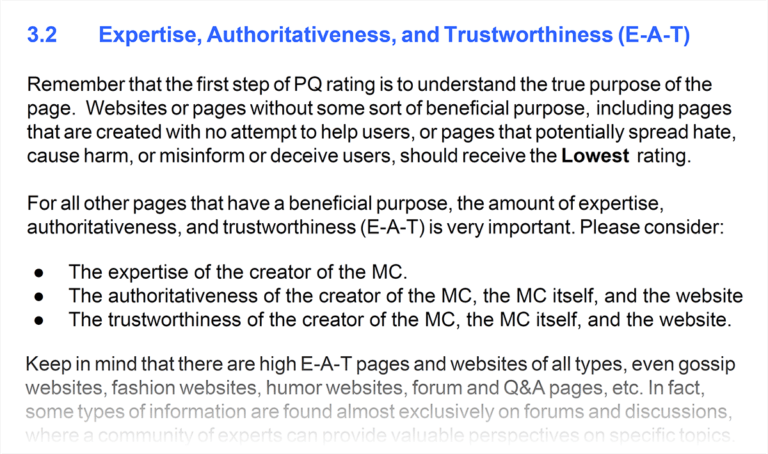
Technical SEO: Here’s where you make sure that Google and other search engines can crawl and index all of the pages on your website. Technical SEO also includes things like making sure your pages load quickly. And that your site architecture is set up correctly.
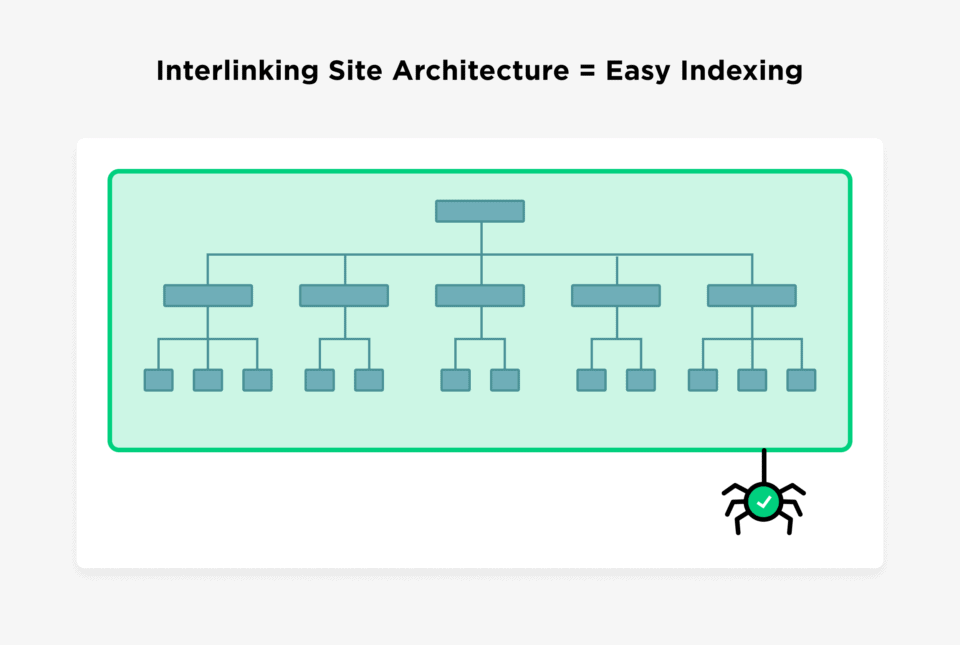
User Interaction Signals: The way that users interact with your site helps Google figure out if your page is a good match for someone’s search. For example, if your page has a high bounce rate, that could be a sign that your page isn’t giving someone the answer to their query. And if Google considers your page a bad fit for that keyword, they can drop your rankings down a little bit. Or completely off of the first page altogether.
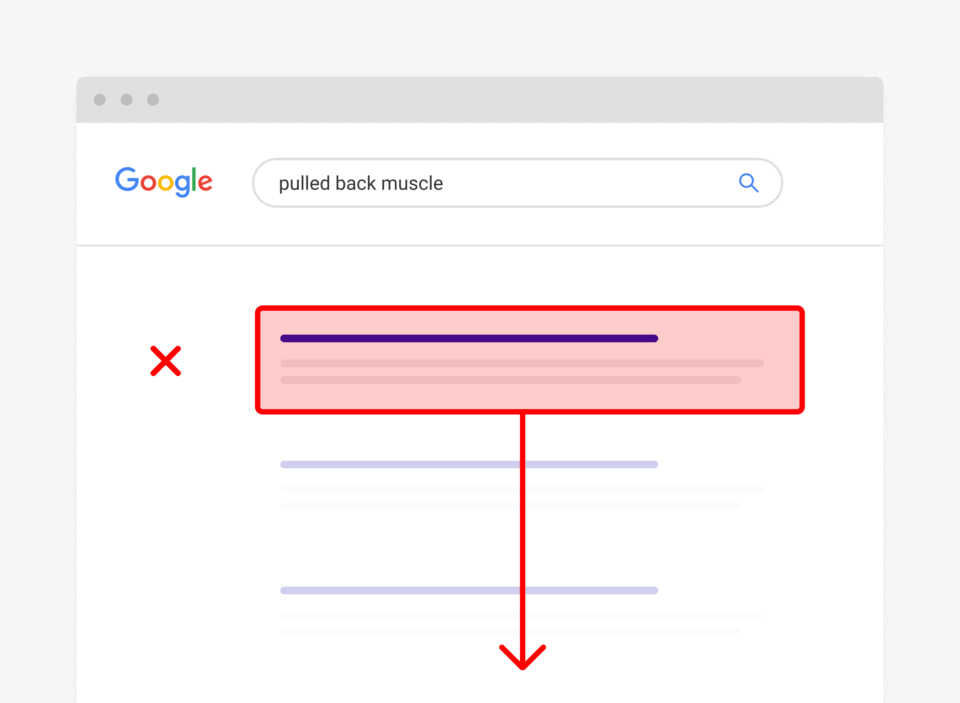
SEM Overview
Remember: SEM is a high-level term that includes SEO. So everything that I just outlined above for SEO also applies to SEM. But in addition to SEO, SEM also includes PPC. And PPC is a field that has its own set of features, best practices and more.
Bidding: Whether you use Google Ads or Bing Ads, paid ads in search is all about bidding. With PPC, you bid on a specific keyword. And when someone searches for that keyword, your ad shows up.
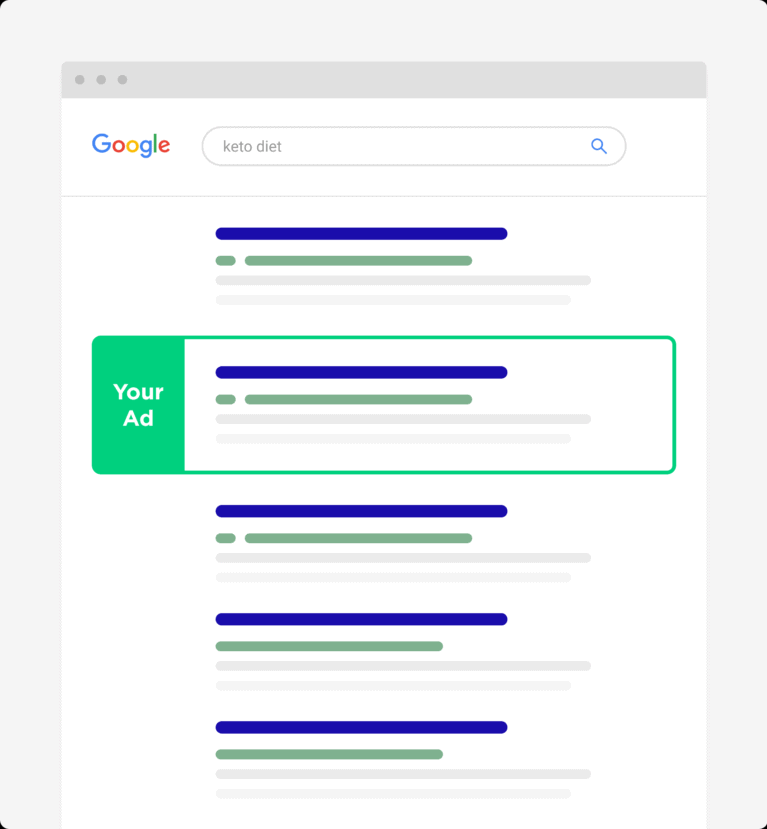
The rankings of the ads are usually proportional to how much someone is bidding. So if you’re the highest bidder, you’ll appear above all of the other ads.
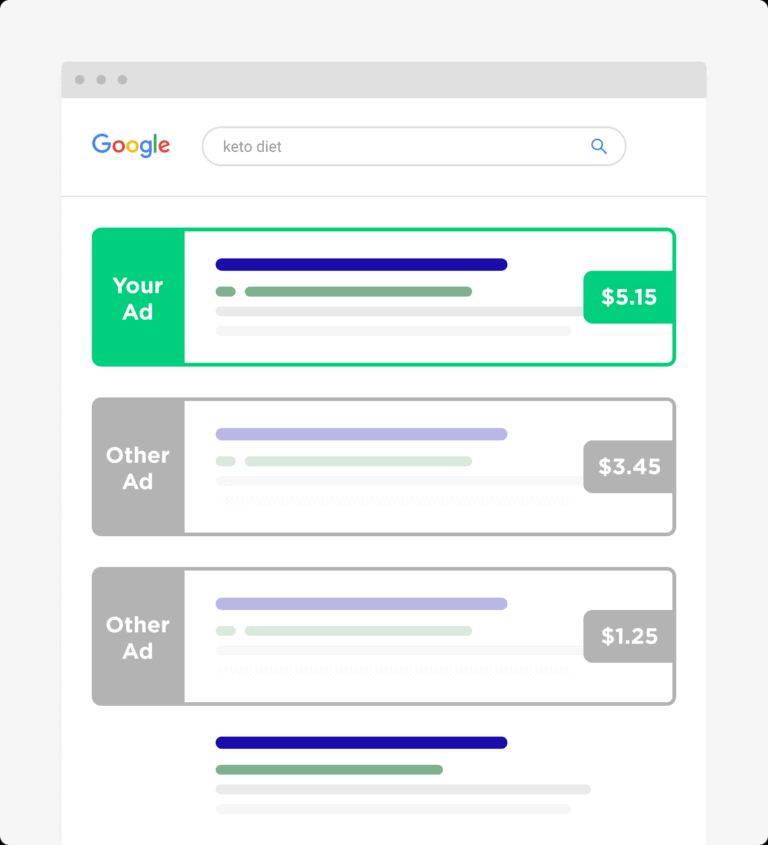
And when someone clicks on your ad, you pay whatever amount that you bid. The amount that you pay when someone clicks on your ad is known as cost per click (CPC).
Quality Score: Quality Score is a super important Google Ads metric. It’s basically Google’s way of figuring out if your ad is a good match for whatever someone’s searching for.
Google calculates Quality Score based on a combination of click through rate, the quality of your landing page and your Google Ad account’s overall Quality Score. And if your ad has a high Quality Score, you’ll get a discount on each click.
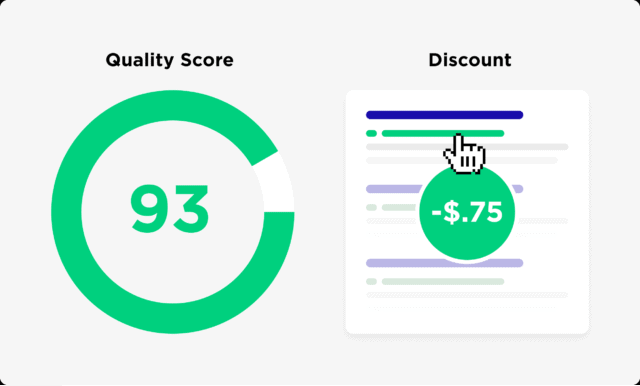
Ad Copy: Writing compelling ad copy is a HUGE part of doing well with PPC. Why? Great ad copy=high CTR. And a CTR means a good Quality Score. Which means that you pay less for the same click.
The opposite is also true. If your copy doesn’t push people to click, your Quality Score will suffer. And your PPCs will start to get super expensive.
Ad Groups and Account Management: Here’s where you use the data in your Google Ads account to optimize your ad spend.
SEO vs. SEM: How Long It Takes to See Results
One of the main differences between SEO and SEM is speed.
The fact is: SEO takes time. A lot of time. Especially if your site is new and doesn’t have a lot of backlinks yet.
In fact, one analysis found that it takes an average of 2 years to rank on the first page of Google. And many of the top-ranking pages were first published 3+ years ago.
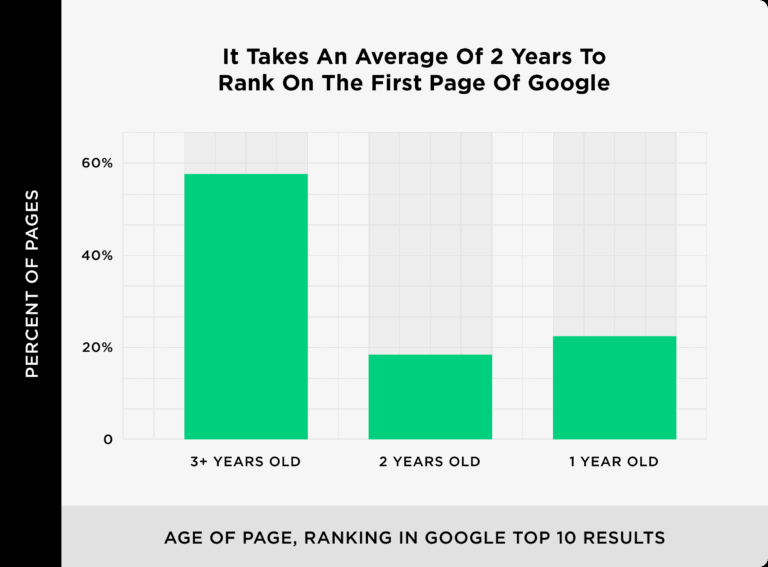
This doesn’t mean that you should expect it to take 2 years to rank in Google. If you target long tail keywords and implement SEO best practices, you can start to see some results within a few months.
For example, when I launched Find2Digital in early 2020, my website had essentially zero domain authority.
But thanks to a ton of hard work and a focus on SEO, I was able to get some organic traffic within months.
That said, it did take years for my rankings and organic traffic to really climb.\
On the other hand, if you focus your SEM efforts in PPC, you can start to see results pretty much instantly.
You can run an ad in the morning, and start to get traffic and conversions in the afternoon.
But that doesn’t mean that you’ll get an ROI on day 1. In many cases, it can take months of testing and tweaking to get a positive ROI from PPC.
Even so, there’s no question that PPC starts working much more quickly than SEO.
SEO vs SEM: How Much They Cost
A lot of people are drawn to SEO because it’s “free website traffic”.
And yes, you don’t pay when someone clicks on your site in the organic search results.
But make no mistake: SEO is NOT free. Not even close.
For example, let’s take a quick look at one of my pages that’s currently ranking #1 in Google for “on page SEO”.
#1 is a great place to be. I’m getting traffic from that keyword literally every day. And I don’t need to do anything or pay anything for that traffic to come in.
But it took A LOT of money, time and effort to get that #1 ranking.
At a high-level, I had to build up Find2Digital’s Domain Authority by consistently putting out world-class content. And promoting that content with email outreach.
Then, I had to find that keyword using a paid SEO tool. That tool alone costs me $355/month.
Then, there was the content itself. I had to invest 20+ hours writing that post.
Then, we hired a graphic designer to take all of the screenshots. We also worked with an illustrator to make these nice custom illustrations.

There was also a developer that coded and deployed the actual page.
And that was with no guarantee that this page would rank for anything.
Contrast that with an SEM approach that’s 100% PPC.
In that case, you’re spending cash up-front. But at least you know that you’re going to get some results from that effort.
(You can even set your account to automatically bid so that you appear in a certain position).
So over the short-term, PPC is usually cheaper than SEO.
The big issue with PPC is this:
When you stop paying, your traffic goes to zero.
But with SEO, once you rank, you’re pretty much set. Your investment is all up-front. Once you actually rank, you don’t need to invest a lot of money into maintaining your current rankings.
So yeah, when it comes to cost, SEO and PPC have their pros and cons. Which is why most businesses use a marketing strategy that includes a mix of SEO and PPC.
SEO or PPC: What to Focus On
Should you focus 100% of your digital marketing efforts on SEO? Or should you combine SEO and PPC and launch a full-on search marketing campaign.
When to Focus Just SEO
You Have a Very Limited Budget: If you’re a startup or small business with a tiny marketing budget, you probably want to focus on SEO. You may not see an ROI on your SEO budget for months or years. But it still makes more sense than burning through your marketing budget on PPC ads that may only run for a week.
You Can Rank For Informational Keywords: Informational keywords are terms like “What is X” or “How to X”. Although these types of search queries don’t convert super well, they get a lot of search volume. So if you feel like you can write AMAZING content on topics that customers search for in Google, SEO is probably your best bet.
For example, my entire business has been built on ranking for informational keywords that my target audience (pro marketers) search for.
You Can Wait: SEO and content marketing takes time to kick in. So if you can play the long game and wait 6-12 months to see legit traffic start to roll in from Google search, go with SEO.
You’re Good at Link Building: Creating high-quality content is a key part of ranking in Google. But it’s not enough. If you’re serious about ranking, you’ll need to also use a few different link building strategies to get other sites to link to you.
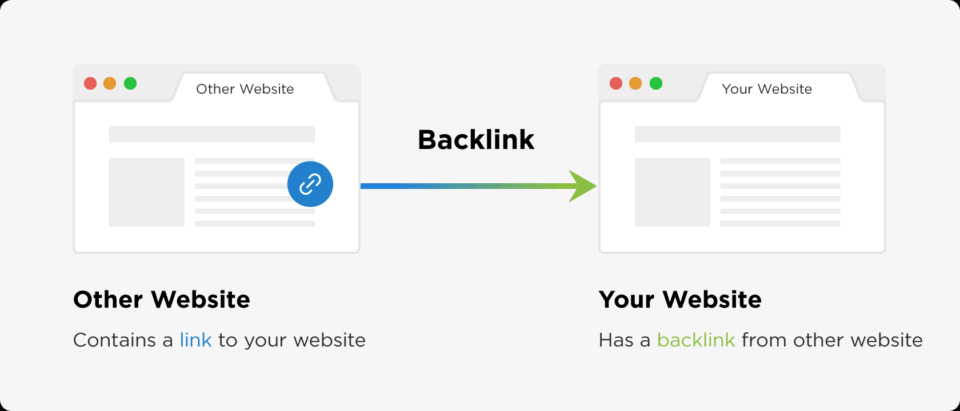
When to Focus on PPC
You Have a Consistent Ad Budget: One of the nice things about PPC ads is that you can set a strict budget. That way, it’s impossible to spend more than you planned.
That said: it’s easy to burn through that budget quickly if you don’t know what you’re doing (and if you’re just getting started with paid ads, you won’t).
Which means that you need a regular monthly budget that you can play with to figure out what combination of keyword targeting, ad copy, landing pages and bids work best for you.
You Can Manage An Adwords Account: On the surface, PPC sounds super simple. Bid on keywords. Get traffic.
But in practice, managing a Google Ads account is no joke. You need to take into keyword-targeting, ads, Quality Score, ROI, conversion rates… and process all of this data to make decisions on how to get the most out of your ads.
You Have the Ability to Launch and Test Landing Pages: One of the first things you’ll learn about PPC is that you need targeted landing pages for each ad. Or at least each ad group. So to get the most out of PPC, you need a way to quickly launch lots of different web pages. And run A/B tests to figure out which one is performing best.
When To Do Both (SEM)
When should you tackle SEO and PPC at the same time?
Let me answer this question with a real-life example:
When I launched my first website, I was running all of my SEM myself. I was writing content and optimizing it for search engines (SEO). And managing my Google Ads account (PPC). So in addition to being “Founder”, I was also “SEM Manager”.
And because I was trying to do my site’s SEM myself, SEO and PPC suffered. It was too much for one person to manage.
But if you feel like you have the staff to manage both PPC and SEO, go for it. Otherwise, I’d pick one or the other.
Learn More
What is SEO? How to Optimize Your Site for Google: A deep-dive into what search engine optimization is, what it involves, and how to get started with it.
The Definitive Guide to Keyword Research: A guide to finding keywords for SEO. But many of the strategies also apply to keyword research for Google Ad campaigns.
Google Adwords Tutorial with Step by Step Walkthrough: Super good tutorial on getting started with Google Ads.
